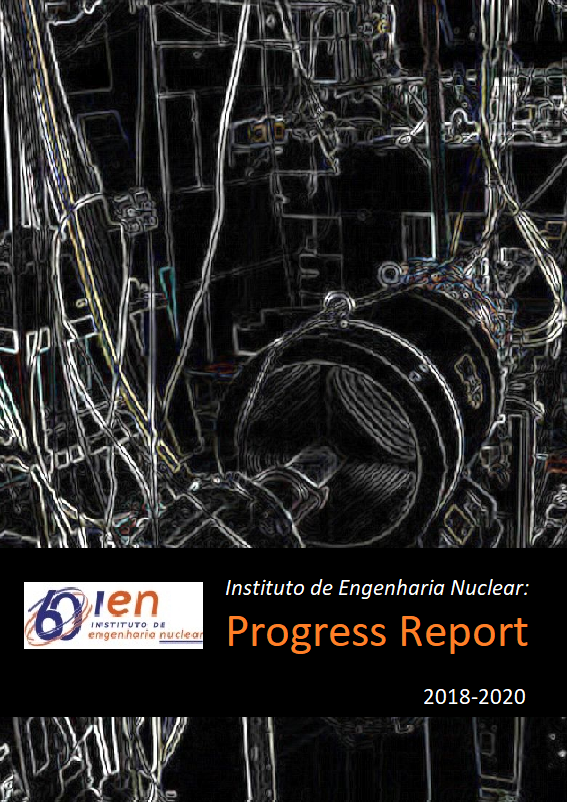Optimization of radioactive particle tracking methodology in a single-phase flow using artificial intelligence methods
Resumo
In previous paper, it was proposed a simulated radioactive particle tracking (RPT) system using eight scintillator detectors in order to predict instantaneous positions of a radioactive particle inside a concrete mixer using an artificial neural network as a location algorithm [1]. The aim of the present report is to propose an optimization in the number of detectors in a single-phase flow RPT system [2]. In addition, three feed-forward multilayer perceptron networks (MLP’s) with different configuration are tested as a location algorithm. This new geometry consists of a vertical polyvinyl chloride (PVC) mixer, six NaI(Tl) detectors (D1, D2, …, D6) and a 137Cs point source with isotropic emission of gamma-rays (radioactive particle), as follows Figure 1. PVC mixer is filled with a homogeneous concrete mixture representing a single-phase flow system. Simulations were carried out using MCNP6 code [3], which is mathematical code based on Monte Carlo Method.
Pulse high distribution recorded in each of the detectors will be used as input data to train the MLP’s and the output of the MLP’s will be the coordinates (x,y,z) of the radioactive particle. Data set was divided into Training (60%), Test (30%) and Validation (10%). Learning rate is 0.001, momentum is 0.01. Activation functions used in this report were: linear, Gaussian, comp. Gaussian, tan15 and logistic.
The results showed a good agreement between real data (MCNP6) and predicted data (MLP1, MLP2, MLP3), as follows in Figure 2. Morever, all three MLP’s showed a good statistical results [2]. The main achievement of this paper was to keep a good accuracy in the prediction of the radioactive particle position with the optimization in the RPT system reducing from eight to six detectors. Detailed information can be found in DAM et al., (2020) [2].
Downloads
Publicado
Como Citar
Edição
Seção
Licença
Copyright (c) 2021 Roos Sophia de Freitas Dam, William Luna Salgado, César Marques Salgado, Renato Raoni Werneck Affonso, Roberto Schirru

Este trabalho está licenciado sob uma licença Creative Commons Attribution-NonCommercial-NoDerivatives 4.0 International License.


